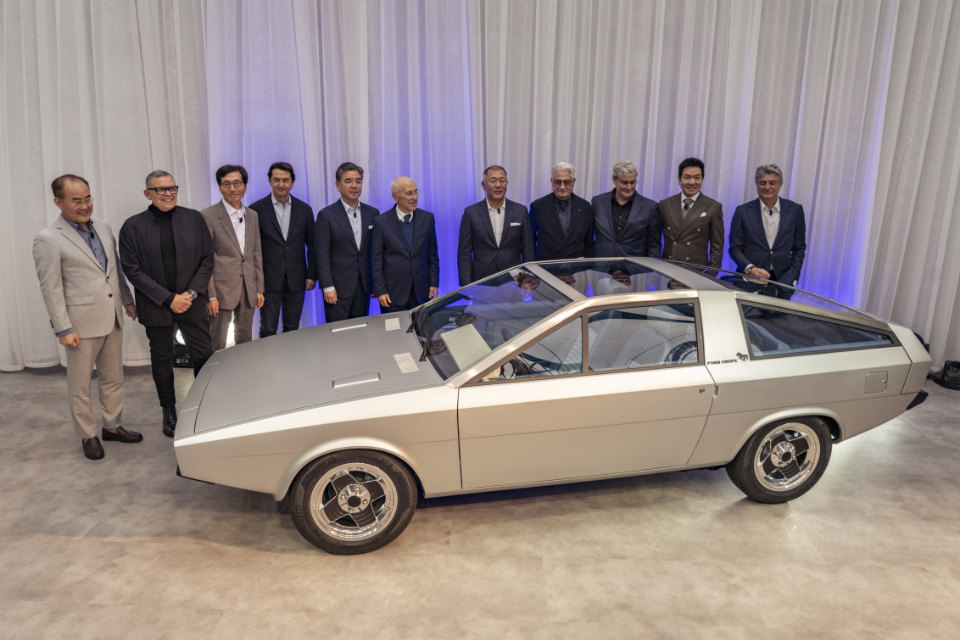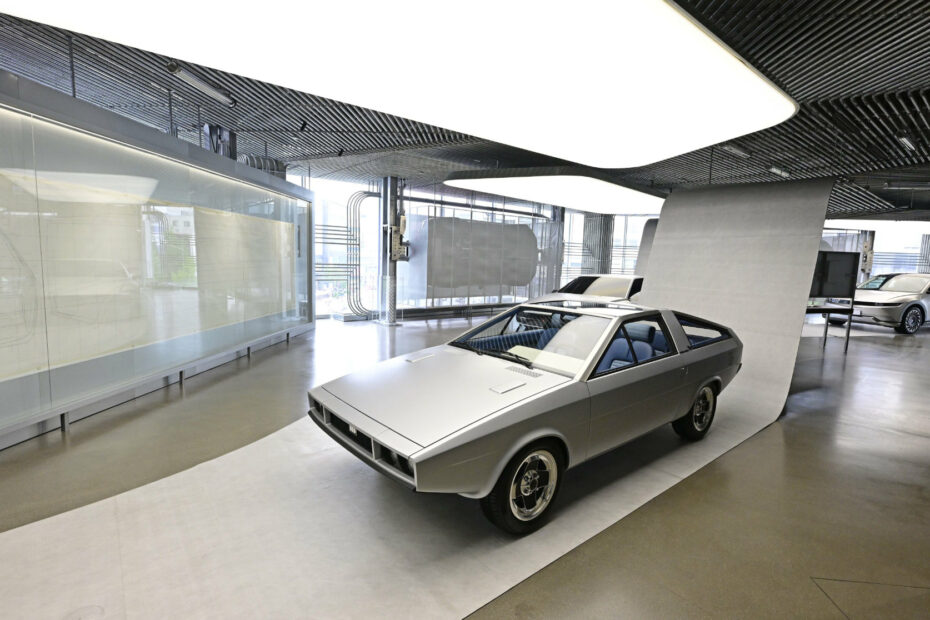The Volkswagen Golf was important in 1974, but probably more significant was the dawn of Hyundai as an automotive force, something the Korean giant celebrates with pride 50 years on
Originally published, with more images, in Autocade Yearbook 2024
Looking through that Motor show number, dated October 19, 1974, mentioned in the previous item, you wouldn’t know that people were shifting to smaller cars: on the cover are the Lotus Élite, Alfa Romeo Alfetta GTV, Ford Granada Coupé, Chevrolet Monza, Jensen Interceptor, Ferrari 365 GT4 BB, and the Volkswagen Passat. There’s a single line that hints at what is to come: ‘Toyota 1000 for Britain’. There’s nothing at all on what was happening in faraway Korea when a company unknown in the occident, Hyundai, planned a car of its own design.
Hyundai’s début on the world stage with its Pony saloon was still under two weeks away, with the Salone dell’automobile di Torino beginning on October 30, 1974. The Korean chaebol had been making Fords under licence, but with the country rapidly industrializing, car manufacture was a goal it had set itself.
It wasn’t a solely Korean effort. The underlying platform was the Mitsubishi Lancer’s, and the engines were also Mitsubishi’s. And while the brief was for a conservative car, not something contemporary, the Pony still had smart clothes, thanks to Giorgetto Giugiaro and his Italdesign team.
Possibly after seeing its work on the Audi Karmann Asso di Picche show car, Hyundai commissioned Italdesign to work on the Pony at a time when there were no car styling studios in Korea.
By 1974, Giugiaro was riding high, sought after by the world’s car makers after going independent and setting up Italdesign in 1968. But his designs weren’t always on exotic chassis: his work helped make humble, mass-market cars sexy.
So was the case with the Hyundai Pony, which, in 1974, was far from sophisticated. Italdesign penned the Pony and built five prototypes, one of which was the Coupé Concept on the saloon’s chassis.
It was an impressive-looking wedge that helped draw in the crowds for the fledgling Korean car maker. Done during Italdesign’s “folded paper” era, the Coupé Concept has well balanced proportions that contribute to its timelessness, and a cut-off tail (coda tronca) that lifts the rear and prevents the design from looking heavy. The short wheelbase is made into an asset here, the car elongated by its sharp, forward-thrusting nose. The large glasshouse and a thick B-pillar (the latter evoking Giugiaro’s work on the Maserati Bora) give the car a distinctive appearance. There had been an intent to get the coupé into production but those plans fizzled out when Hyundai realized the economic situation in the mid-1970s was bleak.
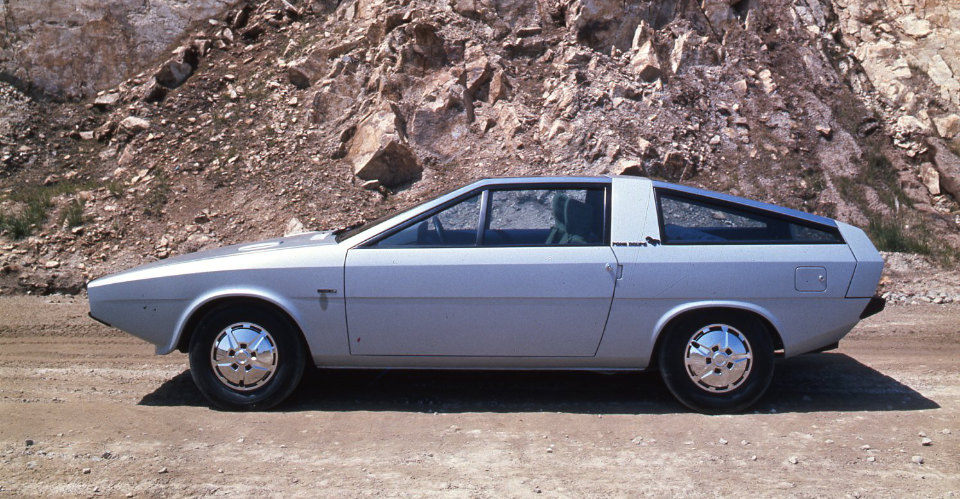
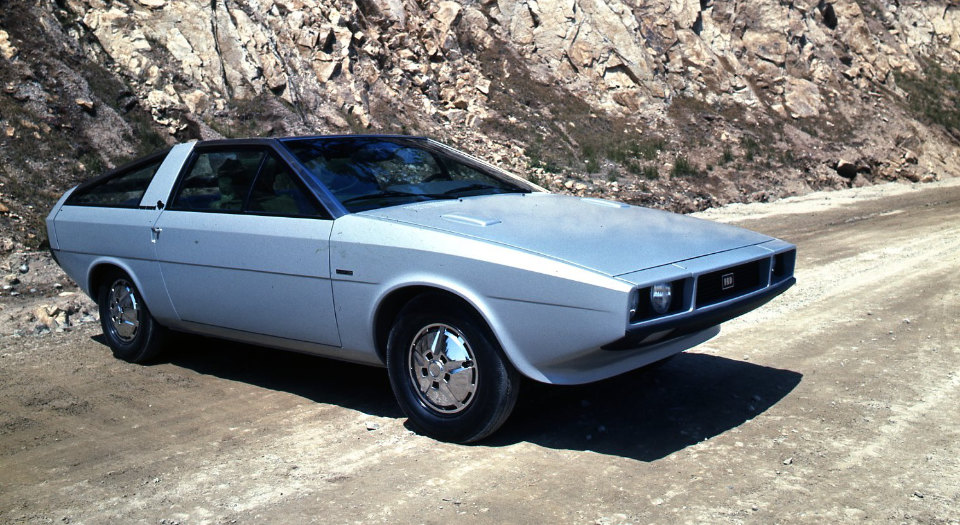
Nevertheless, its Pony was a success on the domestic market, as Hyundai had planned, and by the end of the decade, export plans were afoot.
Little wonder that Hyundai, now a powerhouse with innovative design very much at its forefront—a sentence that no one could have published even 20 years ago—places so much reverence on the Coupé Concept, especially in light of its world-leading concept cars today. At the time of the 45 concept in 2019, the Pony Coupé Concept was referenced, and this served as an inspiration for the production Ioniq 5. The Pony saloon was reinterpreted in 2021 as a restomod electric vehicle concept, and the N Vision 74 concept of 2022 was a direct homage to the Pony Coupé Concept. It represented the dawn of an exciting new era, and the energies that came together to realize the vision of Hyundai founder Chung Ju-young.
However, the original concept was lost to time, with its last traces from the 1980s. In all likelihood, it was destroyed. Italdesign continued to work with Hyundai for the Pony II and the Pony Excel, with its last project the Y2 1988 Sonata. After that, Hyundai had sufficient nous to go it alone in-house.
Today, Hyundai embraces its heritage, and even opened an exhibition and began publishing a series of design books, Retrace.
But without the Coupé Concept, could it really celebrate its heritage?
In 2019, it turned to Giugiaro, 80 at the time, and the firm he founded with his son Fabrizio in 2015, GFG Style. The plan: to rebuild the 1974 Coupé Concept, exactly as it was, using only the methods available at the time. That meant pencils, shape plans and hand-beating the aluminium panels. In this respect, the re-creation differed from the approach BMW took in 2019 when it asked Marcello Gandini to help remake the 1970 Garmisch concept alongside its own team using computer-aided design.

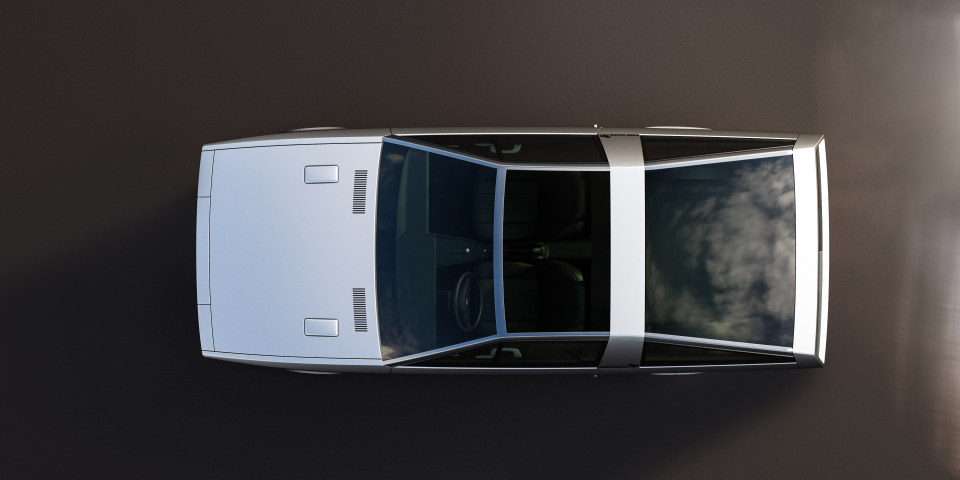

The original COVID-19 pandemic delayed the work but in 2022, an original Mk I Pony saloon headed to Italy to serve as the donor car. In May 2023, it was ready for its unveiling at the first Hyundai Reunion in Lake Como, nearly 50 years after its début in Torino. Giorgetto and Fabrizio Giugiaro were both present.
Of the launch, Euisun Chung, Hyundai Motor Group’s current executive chair, said, ‘Despite the poor industrial environment in the 1970s, my grandfather and Hyundai’s founding chairman Ju-young Chung poured his heart and soul into rebuilding Korea’s economy and improving the lives of its people after the devastating Korean War. He finally realized his vision of making Korea a country capable of developing its own vehicles with perfection. I express my sincere gratitude to everyone from both Italy and Korea who played a critical role in the success of Pony.’
‘In the age of electrification, a key condition for Hyundai Motor Co. to become a leader in future mobility will be our ability to remain faithful to the unshakeable values we inherited. Moving forward, through Hyundai Reunion and other heritage communication initiatives, we will continue to leverage our past as a unique vector for our future innovation,’ added Jaehoon Chang, Hyundai Motor Co.’s president and CEO.
Luc Donckerwolke, the Peruvian-born Belgian president and chief creative officer of Hyundai Motor Co., said, ‘The restoration of this unique vehicle is a milestone in Hyundai’s history. It represents our beginnings and our commitment to the future. It serves as a legacy for generations to come. It virtually symbolizes the mobile relay baton we are passing from the past to the future of the company.’
Giugiaro himself reflected on his work. ‘Hyundai approached us to start a complete redesign of a model, without much experience. I was sceptical at first because I didn’t know Hyundai Motor at that time. We were all impressed by the passion and commitment of the Hyundai engineers. They were sharp, curious, open and extremely eager to learn. They immediately embraced the working methods that were new to them. They sacrificed themselves to make a good impression—for company and their partners. I’m proud and honoured to witness how this company has evolved since we first met.’ •
